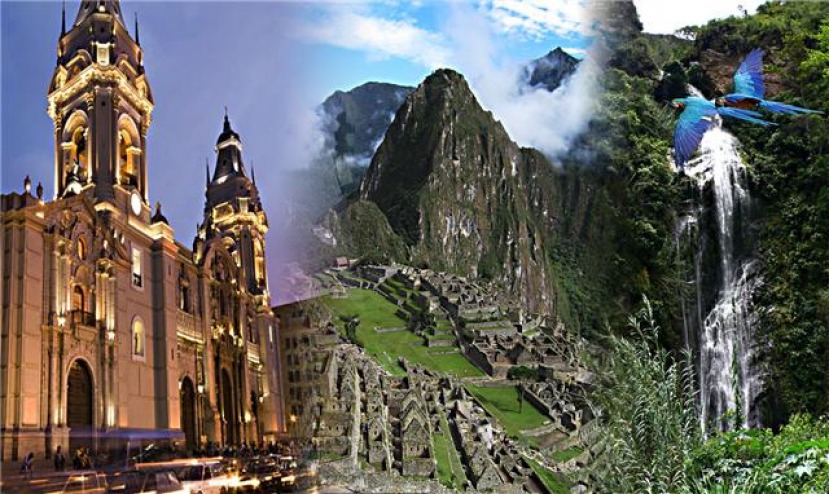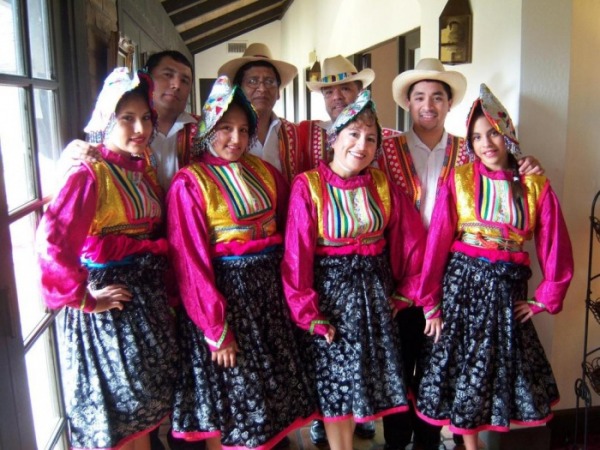ASOCIACION CULTURAL KANCHIS
CULTURA DE PERU
Peru has a long and rich history. The Spanish conquistadors Francisco Pizarro (c.1475–1541) and Diego de Almagro (1475–1538) received news of a mighty and rich empire lying just south of the present territory of Central America. The indigenous population of Panama referred to this powerful state as the land of Piru or Peru (word meaning "land of abundance" in the region's native Quechua tongue).
There are four major ethnic groups in Peru:
(1) whites (of European ancestry); (2) mestizos (of mixed European and Indian ancestry—referred to as cholos ); (3) Indians (of Native American ancestry); and (4) Afro-Peruvians (of African descent).
In the late twentieth century, the Asian-Peruvian community (mainly of Chinese and Japanese descent) gained greater public recognition, especially with the election of a Peruvian president of Japanese ancestry (Alberto Fujimori).
Peru has an approximate land area of 496,225 square miles and is located in the central western section of the South American continent. It borders Ecuador and Colombia to the north, Brazil and Bolivia to the east, Chile to the south, and the Pacific Ocean to the west. Peru's capital, Lima, is located on the coast, about 8 miles from the Pacific Ocean.
Peru is divided into three major regions. The western coast contains dry, desert like regions to the north as well as to the south, with more agriculturally productive lands along the major valleys formed by the western-draining Andean rivers. The Andean mountains were the traditional home of the ancestral Inca kingdom.
To this day, the Andes support many of the current surviving indigenous populations, some still claiming a direct Inca ancestry. Finally, in the northeast, the large region of Amazonian tropical forest has recently been the scene of oil exploration and political colonization projects.
Web site created by Carlos Magan


